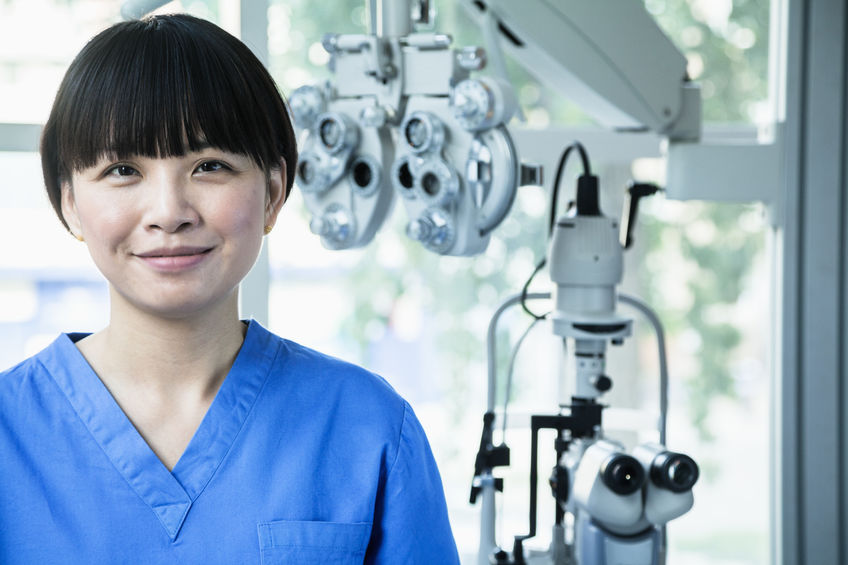Diagnosing Vision Loss Post Stroke Or Brain Injury
Indications And Usage For Vision Restoration Therapy (VRT)
NovaVision VRT is intended for the diagnosis and improvement of visual functions in patients with impaired vision that may result from trauma, stroke, inflammation, surgical removal of brain tumour(s) or brain surgery, and may also be used to improve visual function in patients with amblyopia.
Diagnosis Of Vision Loss Post Stroke Or Brain Injury
Diagnosis of a visual field deficit is most commonly diagnosed using a visual field test, which can be obtained by a patient visit to an optician, ophthalmologist or optometrist.
Visual Field test results are required in order for a patient to be treated with Vision Restoration Therapy.

Contraindications, Warnings And Precautions
Contraindications
Patients with the following medical or physical conditions must not undergo NovaVision VRT therapy:
History of seizure disorders, especially those of a photosensitive nature. In patients with uncontrolled photosensitive seizure disorders, NovaVision VRT may have adverse effects including, but not limited to, seizures.
Severe cognitive defects, particularly due to the requirement to be able concentrate for two sessions of 15-25 minutes a day, six days a week.
Warnings
- Patients with active acute inflammatory diseases of the eyes or central nervous system should not initiate VRT until the acute phase has subsided.
- NovaVision VRT will not be effective for patients without any residual vision whatsoever (i.e., total cortical blindness).
- VRT treatment requires patients to be seated for extended periods of time. If the patient has been previously diagnosed with deep vein thrombosis (DVT) or has been identified by their physician as having an increased risk of experiencing DVT, the patient should first consult with their physician before initiating VRT treatment.
Precautions
The following conditions are not treatable by VRT, may impact the ability of a patient to carry out VRT, and/or may reduce its effectiveness:
- Uncorrected vision defects such as myopia, hyperopia, astigmatism, presbyopia or tropia (strabismus).
- Nystagmus.
- Progressive disorders such as glaucoma, multiple sclerosis, diabetic retinopathy or macular degeneration.
- Although there are no age limits for the therapy, VRT is not recommended for children, due to the requirement to be able concentrate for two sessions of 15-25 minutes a day, six days a week.
Risks, Dosage & Follow-up
Risks
In common with all activities requiring extended use of a computer screen, NovaVision VRT may cause light headaches or fatigue if performed too intensively or without sufficient relaxation periods (breaks). If this occurs, patients should take more frequent breaks during the session or request shortened therapy times. If this persists, patients should temporarily discontinue the therapy until symptoms subside and notify their healthcare professional.
Therapy Course
It is recommended that a patient perform one session twice daily, six days a week for six months.
A visual field test, payment arrangements and the completion of certain other forms will be required before commencement of treatment.
Follow-up
Therapy Reports will be provided to the patient’s prescribing doctor if wished. Follow-up visits can be conducted to review patient’s progress and determine additional therapy, at the physician’s and patient’s discretion.
Next Steps:
Read Clinical Studies | The Science Behind It | Become A NovaVision Pro Physician or Center | Recommend VRT Therapy To Your Patient

